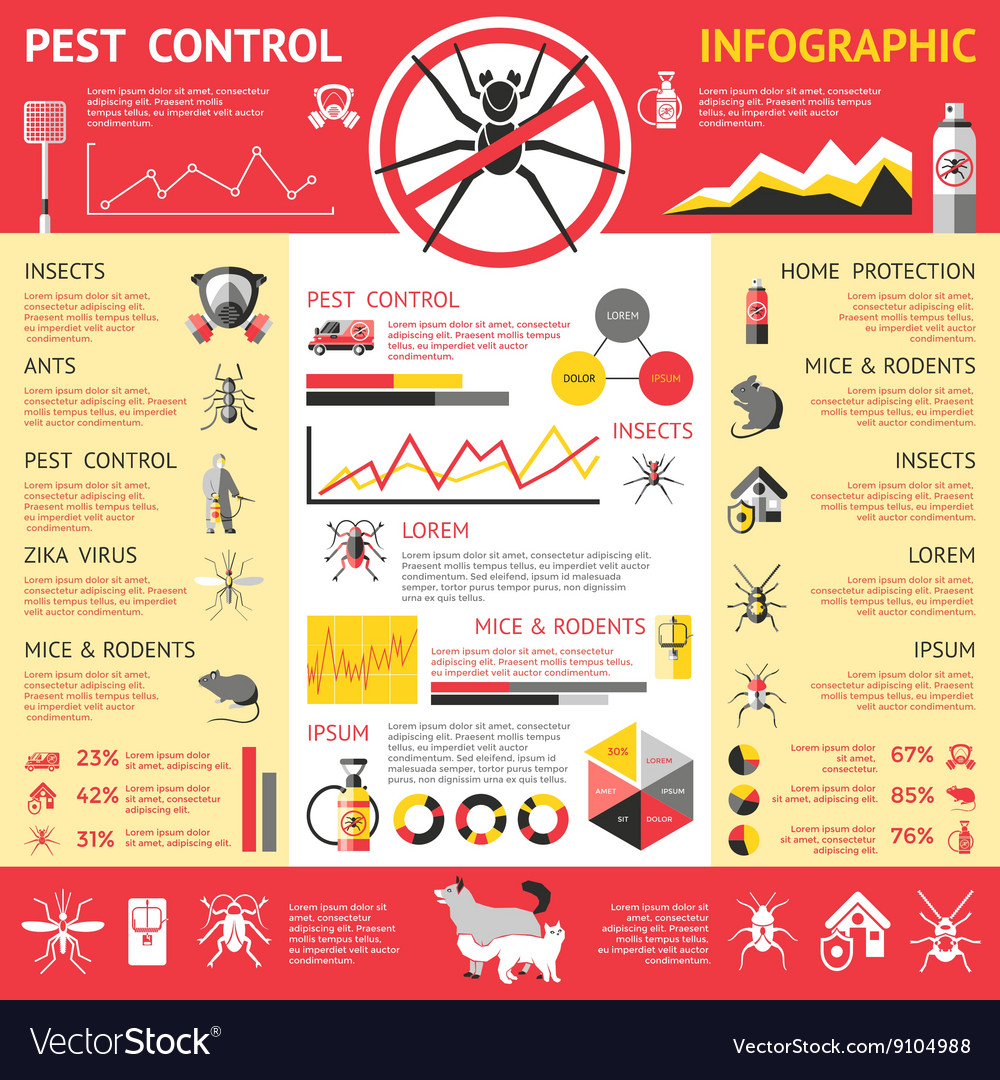Rodent-Proofing Your Outdoor Room: Methods For A Pest-Free Yard
Rodent-Proofing Your Outdoor Room: Methods For A Pest-Free Yard
Blog Article
Authored By-Hatfield McDaniel
Did you know that rats can press through openings as small as a quarter? Visualize the implications for your exterior room. From munching on plants to nesting in relaxing corners, these bugs can create chaos if provided the opportunity. Yet concern not, there are functional methods you can use to maintain your backyard rodent-free. By taking easy steps to seal entrance factors and keep a neat setting, you can create a citadel against unwanted furry visitors. So, are you prepared to protect your outdoor place from these pesky burglars?
Identify Entrance Details
To properly rodent-proof your outdoor room, begin by identifying possible entrance points. Examine your lawn for any type of spaces or openings that rodents might utilize to access. Check locations such as spaces under doors, holes in the walls, or openings around utility penetrations. Remember that https://www.chicago.gov/city/en/depts/cacc/supp_info/volunteering_at_chicagoanimalcareandcontrol.html can squeeze with openings as tiny as a cent, so be thorough in your examination.
Focus on areas where utilities enter your home, such as where pipelines, cords, or wires enter the building. Seal any voids around these entry points with materials like steel woollen or caulk. Furthermore, check for any type of cracks in the structure or spaces in the house siding that could serve as access points for rodents.
Pay close attention to areas where greenery satisfies your home, as disordered plants can offer concealing areas and simple accessibility for rats. Trim any type of overhanging branches or shrubs that could be used as bridges to your house. By recognizing and sealing these entrance factors, you can dramatically decrease the opportunities of rats invading your outdoor room.
Implement Exclusion Procedures
Examining and securing entrance factors is the initial step in rodent-proofing your exterior space; now you'll act by carrying out exclusion measures.
Begin by installing door brushes up on all outside doors to stop rats from pressing with gaps. Seal cracks and gaps with weather-resistant sealant, concentrating on areas where utility pipelines enter your home.
Use wire mesh to cover vents and smokeshafts, ensuring they're safely attached. Trim tree branches and plants away from your home to remove possible bridges for rodents to access your roof.
In https://does-snake-fat-remove-str73951.qodsblog.com/27139962/check-out-environmentally-friendly-methods-for-keeping-rats-away-in-this-short-article-providing-a-lasting-solution-to-your-rodent-problems , take into consideration installing steel blinking around the base of your home to prevent burrowing. Shop firewood at the very least 18 inches off the ground and away from your home.
Keep https://knoxqkezt.blog5star.com/27461074/shield-your-home-from-sneaky-bugs-by-picking-the-suitable-termite-control-remedy-find-the-crucial-aspects-to-remember in snugly sealed containers, and immediately tidy up any type of spilled birdseed or animal food. By executing these exclusion steps, you can substantially minimize the likelihood of rats attacking your exterior area.
Maintain Cleanliness and Trimmed Landscape Design
Guarantee your outdoor area remains tidy and your landscaping is regularly cut to prevent rats from locating harborage or food resources. Keeping your lawn tidy is vital to reducing tourist attractions for rats. Eliminate any kind of debris, clutter, or unused things that might work as hiding areas for these insects. Rats are drawn to areas with very easy access to food and shelter, so by keeping cleanliness, you make your building much less enticing to them.
Consistently trimming your landscape design is also essential in rodent-proofing your outside room. Overgrown plants gives rats with ample hiding places and prospective nesting sites. By keeping your turf mowed, shrubs trimmed, and trees trimmed, you remove prospective habitats for rats. In addition, trimmed landscaping makes it harder for rodents to access your home as they prefer locations with enough protection for security.
Final thought
Finally, by putting in the time to rodent-proof your outdoor area, you can make certain a pest-free yard for several years to come. Bear in mind to frequently evaluate for entrance points, execute exclusion procedures, and maintain your lawn tidy and well-maintained.
With these basic approaches in place, you can delight in a tranquil and rodent-free outside atmosphere. So, do not delay - underground termites -proofing today and say goodbye to undesirable pests in your lawn!
